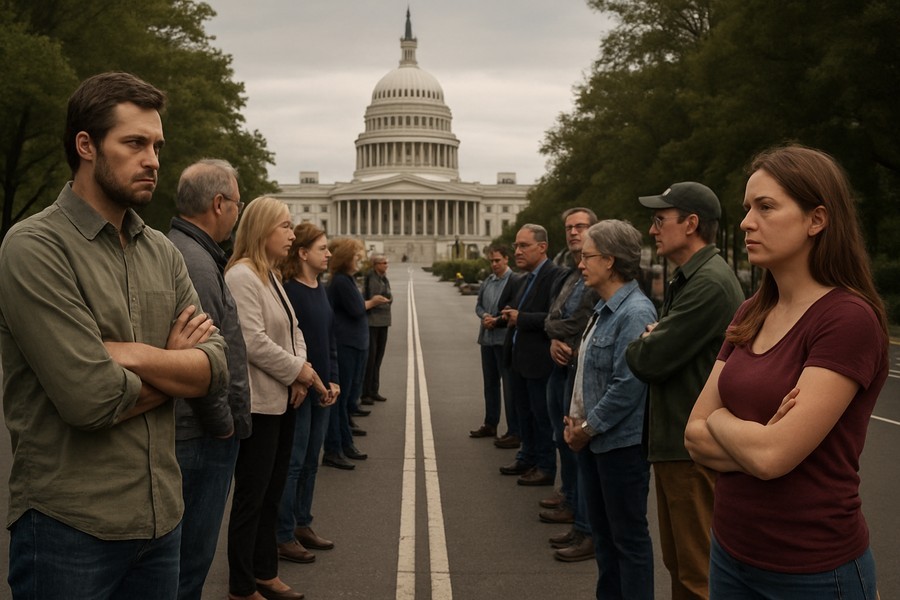
Understanding the Complex History and Criticisms of Liberalism in America
There's a peculiar paradox in the American political landscape: many citizens align with liberal policies, yet shy away from using the term 'liberal' to describe themselves. This article delves into the historical shifts that have shaped the perception and reception of liberalism in the United States.
The Origin and Evolution of Liberalism
Liberalism as a political philosophy has its roots in the debates over religious tolerance in early European modernity, particularly during the 16th and 17th centuries. It further developed during the 18th-century Enlightenment era and played crucial roles in the American and French Revolutions.
From the 19th century onward, liberalism took on more distinct forms, responding to the changing socio-political landscape marked by population growth, industrialization, and the rise of corporate capitalism. Influenced by a variety of groups, including free-market economists, religious non-conformists, and European thinkers, liberalism was never a singular ideology, but rather a political tendency that often evolved in response to emerging circumstances.
Despite its chameleon-like nature, core liberal values including individual freedom, social pluralism, and cautious optimism about intellectual and social progress have remained constant. Also, specific political principles such as free speech, secular government, and the rule of law have been associated with liberalism.
The American Perception of Liberalism
The term 'liberal' gained traction in U.S. politics during the 1930s depression era, when presidential rivals Herbert Hoover and Franklin D. Roosevelt both proclaimed themselves as liberals. Roosevelt ultimately redefined the term in the context of American politics as a willingness to implement new types of government intervention to solve societal issues.
Under his leadership, liberalism came to represent policies of wealth redistribution and economic intervention. This redefined conception of liberalism, which was rooted in the New Deal era, enjoyed several decades of prestige and widespread appeal across the socio-political spectrum.
The Decline of Liberalism's Image
However, by the late 1950s and early 1960s, certain left-leaning individuals grew impatient with what they perceived as a conservative, bureaucratic, and politically timid liberal establishment. The term 'white liberal' especially started to attract criticism from Black radicals, who viewed their white liberal allies as lacking in commitment and sincerity.
On the other side of the political spectrum, conservatives began to associate liberals with radical politics, communism, and cultural elitism. They weaponized this narrative to achieve political ends, most notably in the 1972 presidential election, which resulted in a crushing defeat for the Democratic Party.
Subsequent decades saw the term 'liberal' increasingly used as a pejorative label, culminating in the present day where even mildly progressive individuals can be painted as radical liberals deserving of mockery by conservative factions.
Unraveling the Paradox
Despite the perceived toxicity of the term 'liberal', policies rooted in historical liberal reforms such as healthcare and social security remain popular among the American populace. This discrepancy points to the complex challenges facing American liberalism, which stem from not only changing socio-political climates but also ideological rifts within the liberal community itself.
These challenges reveal a fundamental tension within liberalism: the tension between maintaining traditional liberal ideals of individual freedom and accommodating non-liberal ideologies that may appear more conducive to social change. This tension, coupled with the changing perceptions of liberalism in America, contributes to the paradoxical situation where citizens support liberal policies but distance themselves from the term 'liberal'.
